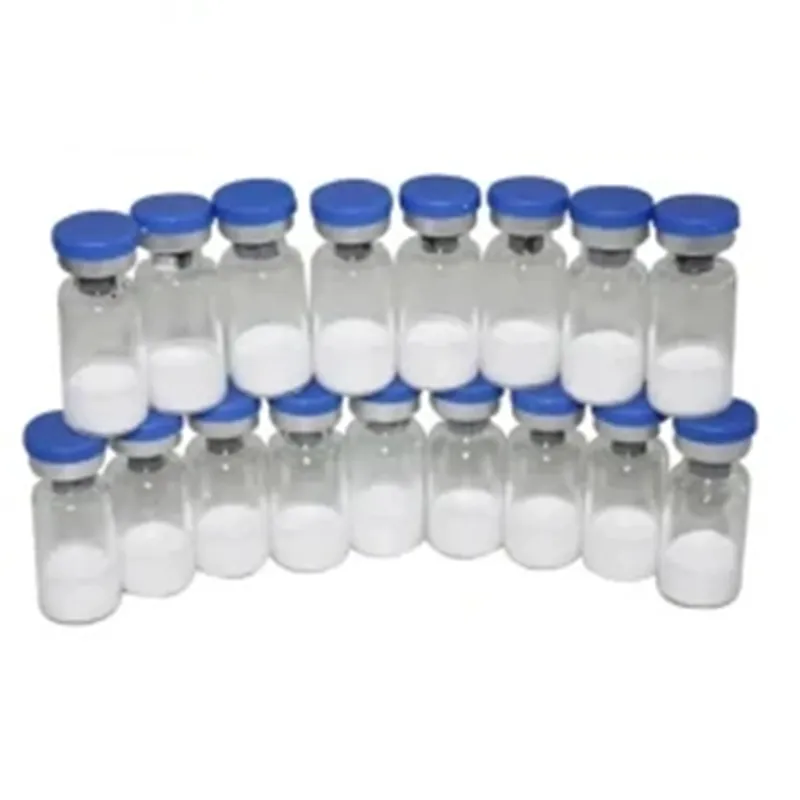Warning: Undefined array key "title" in /home/www/wwwroot/HTML/www.exportstart.com/wp-content/themes/1198/header.php on line 6
Warning: Undefined array key "file" in /home/www/wwwroot/HTML/www.exportstart.com/wp-content/themes/1198/header.php on line 7
Warning: Undefined array key "title" in /home/www/wwwroot/HTML/www.exportstart.com/wp-content/themes/1198/header.php on line 7
Warning: Undefined array key "title" in /home/www/wwwroot/HTML/www.exportstart.com/wp-content/themes/1198/header.php on line 7
- Afrikaans
- Albanian
- Amharic
- Arabic
- Armenian
- Azerbaijani
- Basque
- Belarusian
- Bengali
- Bosnian
- Bulgarian
- Catalan
- Cebuano
- China
- China (Taiwan)
- Corsican
- Croatian
- Czech
- Danish
- Dutch
- English
- Esperanto
- Estonian
- Finnish
- French
- Frisian
- Galician
- Georgian
- German
- Greek
- Gujarati
- Haitian Creole
- hausa
- hawaiian
- Hebrew
- Hindi
- Miao
- Hungarian
- Icelandic
- igbo
- Indonesian
- irish
- Italian
- Japanese
- Javanese
- Kannada
- kazakh
- Khmer
- Rwandese
- Korean
- Kurdish
- Kyrgyz
- Lao
- Latin
- Latvian
- Lithuanian
- Luxembourgish
- Macedonian
- Malgashi
- Malay
- Malayalam
- Maltese
- Maori
- Marathi
- Mongolian
- Myanmar
- Nepali
- Norwegian
- Norwegian
- Occitan
- Pashto
- Persian
- Polish
- Portuguese
- Punjabi
- Romanian
- Russian
- Samoan
- Scottish Gaelic
- Serbian
- Sesotho
- Shona
- Sindhi
- Sinhala
- Slovak
- Slovenian
- Somali
- Spanish
- Sundanese
- Swahili
- Swedish
- Tagalog
- Tajik
- Tamil
- Tatar
- Telugu
- Thai
- Turkish
- Turkmen
- Ukrainian
- Urdu
- Uighur
- Uzbek
- Vietnamese
- Welsh
- Bantu
- Yiddish
- Yoruba
- Zulu
តុលា . 19, 2024 03:08 Back to list
Different Varieties and Applications of Xanthan Gum in Various Industries
Exploring the Types of Xanthan Gum A Versatile Food Additive
Xanthan gum is a polysaccharide that has gained immense popularity in the food industry and other sectors due to its unique gelling and thickening properties. Discovered in the 1960s, it is produced by fermenting glucose or sucrose using the bacterium *Xanthomonas campestris*. Today, xanthan gum is an essential ingredient in various products, from salad dressings to gluten-free baked goods. Understanding the different types of xanthan gum can help consumers and food manufacturers make informed choices about its use.
There are several different types of xanthan gum, primarily varying in their viscosity and functionality, which are determined by factors such as the fermentation process and the source of carbohydrates used in production. The primary categories include food-grade xanthan gum, industrial-grade xanthan gum, and specific formulations tailored for unique applications.
Food-grade xanthan gum is the most widely used type, particularly in the culinary world. It is safe for consumption and is commonly used as a thickening agent, stabilizer, and emulsifier in a variety of food products. Its versatility makes it a popular choice in gluten-free baking, as it helps to impart structure and texture without the need for gluten. In salad dressings, xanthan gum prevents separation and ensures a smooth, uniform consistency. It is also utilized in sauces, soups, and dairy products to enhance mouthfeel and improve stability.
Food-grade xanthan gum is available in various particle sizes, which can affect its thickening ability. Fine powders dissolve more quickly, while coarser particles may take a little longer to hydrate and achieve the desired viscosity. This adaptability allows food manufacturers to choose the appropriate type based on specific formulation needs.
2. Industrial-Grade Xanthan Gum
types of xanthan gum

Beyond the culinary world, xanthan gum finds applications in various industrial sectors. Industrial-grade xanthan gum is used for its thickening and stabilizing properties in products such as paints, cosmetics, and personal care items. Its ability to suspend solid particles and maintain emulsion is invaluable in these industries, ensuring that products remain uniform and effective.
The formulations intended for industrial use may vary in their molecular weight, which impacts their viscosity and performance. Manufacturers can tailor the properties of industrial-grade xanthan gum to meet specific application requirements, such as temperature stability or shear resistance.
3. Specialized Formulations
In addition to the standard food-grade and industrial-grade options, there are specialized xanthan gum formulations designed for particular applications. These may include organic xanthan gum, which is derived from organic sources and meets organic certification standards. Additionally, some formulations are specifically engineered to enhance water retention in soil for agricultural purposes.
Conclusion
The versatility of xanthan gum makes it a valuable ingredient across various industries. Understanding the different types of xanthan gum—food-grade, industrial-grade, and specialized formulations—can significantly enhance formulation choices for both consumers and manufacturers. As the demand for clean-label, gluten-free, and functional food products continues to rise, xanthan gum remains a key player in delivering desired textures and stability. Whether in the kitchen or the factory, its unique properties will ensure that xanthan gum continues to occupy a crucial role in food and product formulation.
Latest news
-
Certifications for Vegetarian and Xanthan Gum Vegetarian
NewsJun.17,2025
-
Sustainability Trends Reshaping the SLES N70 Market
NewsJun.17,2025
-
Propylene Glycol Use in Vaccines: Balancing Function and Perception
NewsJun.17,2025
-
Petroleum Jelly in Skincare: Balancing Benefits and Backlash
NewsJun.17,2025
-
Energy Price Volatility and Ripple Effect on Caprolactam Markets
NewsJun.17,2025
-
Spectroscopic Techniques for Adipic Acid Molecular Weight
NewsJun.17,2025

